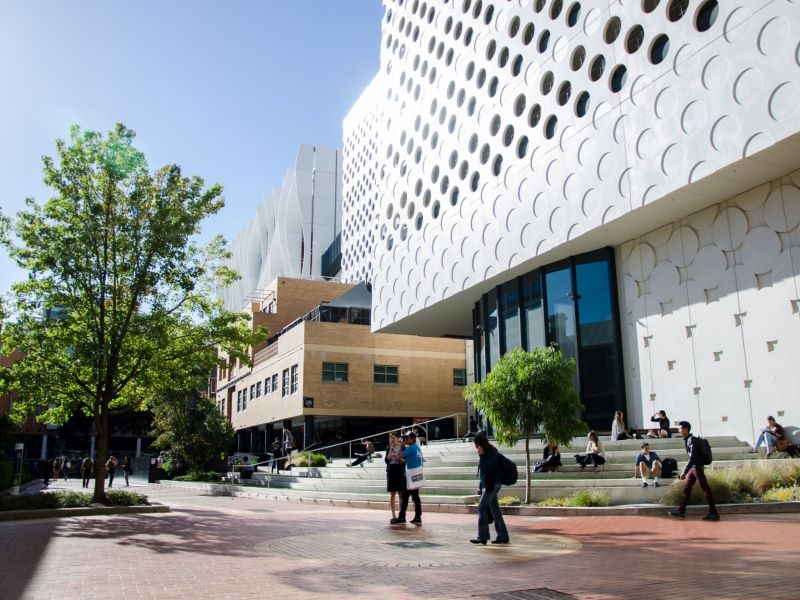Swinburne University of Technology has launched an aerospace research hub to help develop lighter planes, cheaper spacecraft and flying taxis, after receiving $12 million in Victorian government support.
Known as the Aerostructures Innovation Research Hub (AIR Hub), it will focus on research, design and manufacturing of air mobility materials and processes for applications ranging from planes and drones to “flying cars” and space rockets, with work occurring across various national and international facilities.
Air Hub will be led by director Dr Adriano Di Pietro, a defence and space engineer.

“Working closely with the aerospace industry, AIR Hub will create innovative materials and manufacturing processes for passenger planes, air cargo, as well as the space industry,” Swinburne vice-chancellor and president Professor Pascale Quester said.
“It will also accelerate electric clean energy vertical take-off and landing air vehicles – or eVTOL– more widely known as ‘flying cars’ or electric helicopters.
“AIR Hub will deliver a 30-year economic, employment and technology innovation boost for Australia and Victoria, designing and manufacturing lighter, stronger and more competitive aerospace structures to propel Victoria’s aerospace sector as a world leader,” she said.
The Melbourne university will lead the initiative, which brings together local and international researchers, manufacturers and international aerospace companies. The Australian-first hub has been created with the support of $12 million in funding from the Victorian Government’s Higher Education State Investment Fund.
Swinburne has touted the use of artificial intelligence, augmented reality, virtual reality, machine learning and collaborative robots in the development of manufacturing processes and composite materials across AIR Hub facilities.
Work will occur across several facilities, including the Swinburne-CSIRO Industry 4.0 Testlab for Composite Additive Manufacturing and ANSTO’s Australian Syncrotron, both located in the Australian Manufacturing and Materials Precinct in Clayton.
Research and development will also occur a manufacturing sites of key industry partners such as Boeing, Quickstep, CableX, Furnace Engineering, Shoal and Marand Precision Engineering, as well as research partners CSIRO, Monash University and Germany’s University of Stuttgart and ARENA2036.
“The new AIR Hub will put Victoria on the world stage through its cutting-edge research and the really valuable partnership between universities, industry and government,” said Victorian minister for higher education Gayle Tierney.
The AIR Hub will also work closely with Swinburne’s Victorian Hydrogen Hub on capoacity for hydrogen storage on aircraft and eVTOL air vehicles, said Swinburne’s AIR Hub Director, Dr Adriano Di Pietro.
“AIR Hub will bring researchers and industry together to collaborate on real world problems,” Dr Di Pietro said.
“By using the latest technologies in digitalisation, automation and advanced materials, we will reinforce our industry partners’ position in the global aerospace industry and accelerate innovative technology development. This contribution to air mobility is vital to Australia’s future, connecting our people and communities.”
Do you know more? Contact James Riley via Email.

